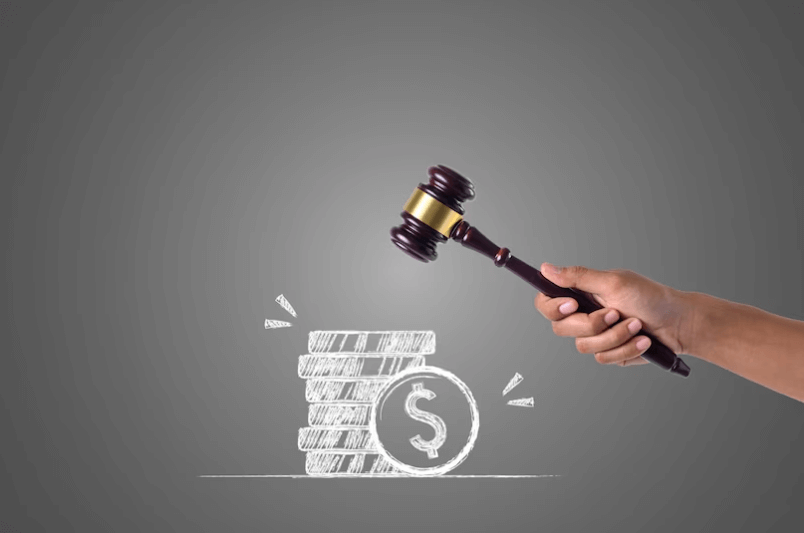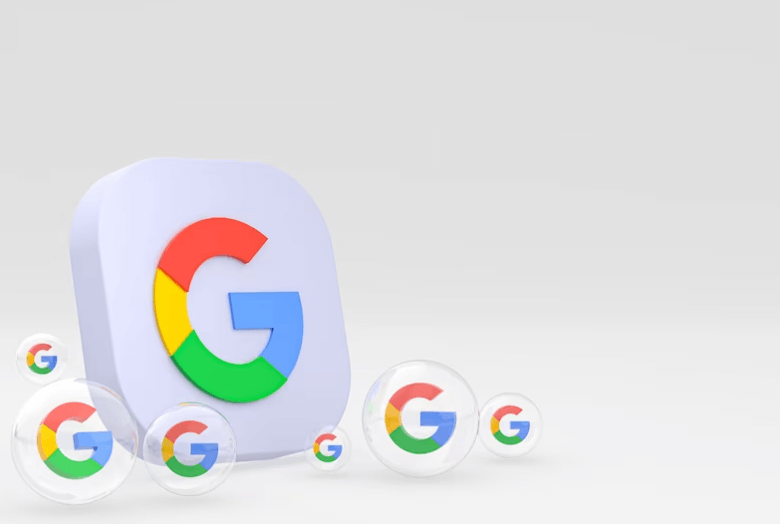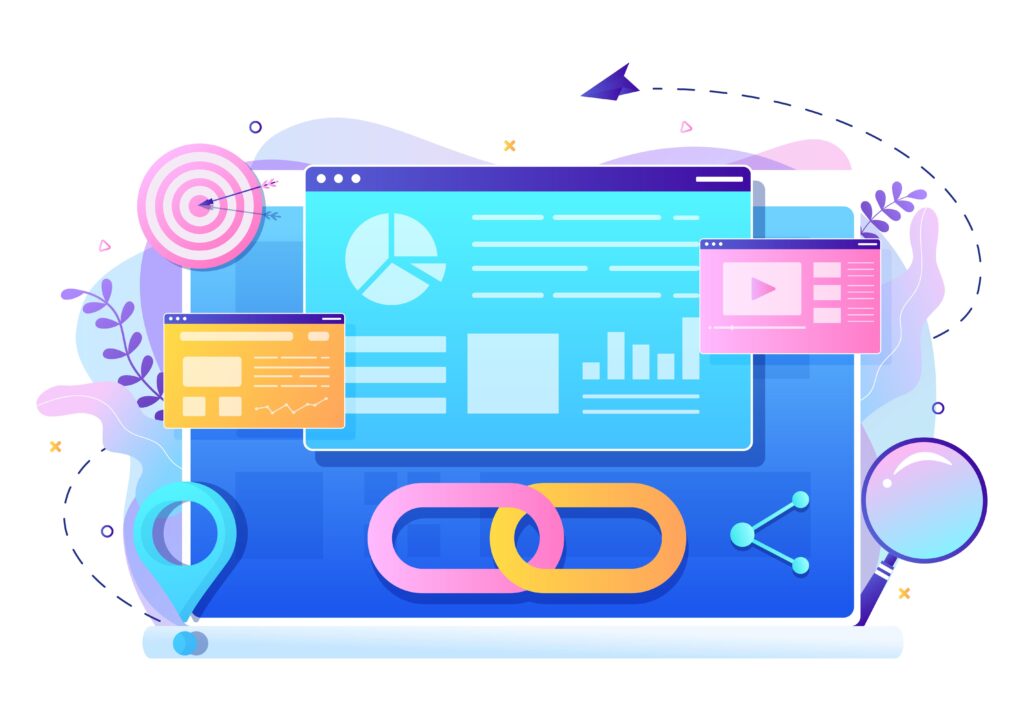Google penalty is a term used to describe a situation where a website’s ranking in Google’s search engine results page (SERP) is negatively impacted due to a violation of Google’s webmaster guidelines.
Google penalties can be manual or algorithmic in nature, and they can have a significant impact on a website’s visibility, traffic, and revenue.
What Might Be The Reason For Manual Google Penalty?

1. Unnatural Linking :
Google considers links to a website as a vote of confidence. However, if a website is found to be engaging in manipulative link-building practices, such as buying links or participating in link farms, it can result in a manual Google penalty.
2. Thin Content:
Google values high-quality content that provides value to its users. If a website is found to have a low amount of quality content, or content that is duplicated from other sources, it can result in a manual Google penalty.
3. User-Generated Spam:
Websites that allow user-generated content, such as comments or forum posts, are responsible for monitoring and removing spam. If a website fails to do so, it can result in a manual penalty.
4. Cloaking:
Cloaking is a popular black-hat SEO technique that shows different content to search engines and users. If a website is found to be using cloaking, it can result in a manual penalty.
- You May Check Out: How To Start Blogging?
What Might Be The Reason For Algorithmic Google Penalties?

The automated penalties are triggered by Google’s algorithm when a website is found to be in violation of its guidelines. These penalties can be less severe than manual penalties and can often be reversed by fixing the issue that triggered the Google penalty.
Algorithmic penalties can be caused by a variety of factors, including:
1. Keyword Stuffing:
Keyword stuffing is the practice of overusing keywords in a website’s content or meta tags. This can result in an algorithmic penalty if Google determines that the website is trying to manipulate its search results.
2. Low-Quality Links:
In addition to manual penalties, Google’s algorithm also penalizes websites that have low-quality or spammy links pointing to their website.
3. Duplicate Content:
Duplicate content can result in an algorithmic Google penalty if Google determines that the website is not providing original content to its users.
4. Site Speed:
Google values user experience and site speed is an important factor in providing a good user experience. Websites that load slowly can be penalized by Google’s algorithm.
- You May Check Out: How Does Google’s Algorithm Work?
How To Know Whether Your Site Is Penalised By Google Or Not?

The impact of a Google penalty on a website can be severe. A website that has been penalized can experience a significant drop in traffic, leads, and revenue. In some cases, the website may even be completely removed from Google’s index, making it impossible for users to find it through Google search.
If a website has been penalized by Google, there are several steps that can be taken to recover from the penalty. The first step is to identify the reason for the penalty and address the issue that triggered it.
For manual penalties, this typically involves submitting a reconsideration request to Google and demonstrating that the website has addressed the issues that led to the penalty. For algorithmic penalties, fixing the issue that triggered the Google penalty is typically enough to recover from the penalty.
It’s important to note that prevention is the best strategy when it comes to avoiding Google penalties. Website owners should familiarize themselves with Google’s webmaster guidelines and ensure that their website is in compliance with these guidelines. This includes using white-hat SEO techniques and black-hat SEO practices that can result in penalties.
Note: If a website has been penalized by Google, the first step to recovery is to identify the reason for the penalty and address the issue that triggered it. This may involve submitting a reconsideration request to Google, fixing the issue that triggered the penalty, and ensuring that the website is in compliance with Google’s webmaster guidelines.
- You May Check Out: How Does Yahoo! Algorithm Work?
How To Prevent Your Website From Getting Penalised?

Prevention is the best strategy when it comes to avoiding the Google penalty. Website owners should familiarize themselves with Google’s webmaster guidelines, use white-hat SEO techniques, and avoid any black-hat SEO practices that can result in penalties.
1. Follow the Latest Search Engine Guidelines
Learn about the recommendations offered by search engines like Google. They lay forth the proper methods for optimizing websites. For instance, the Google Webmaster Guidelines offer insightful information on issues like link building, technological factors, and high-quality content.
2. Publish Only High-Quality Content
Put your energy into producing informative, unique, and timely material for your website. Avoid keyword stuffing, thin or duplicate material, and content scraping. Make sure your material is well-written, interesting, and useful to your readers.
3. Optimize On-Page Elements
Pay attention to on-page optimization elements including headers, URLs, title tags, and meta descriptions. Use titles that are evocative and keyword-rich, original meta descriptions, appropriate heading hierarchy, and URLs that are search engine friendly. But stay away from over- and keyword cramming.
4. High-Quality Backlinks
Focus on acquiring high-caliber backlinks from reputable sources. By marketing your own content, guest blogging for others, and forging connections, you can successfully develop natural links. Avoid engaging in link schemes, buying links, or employing any other unethical search engine manipulation techniques.
5. Google Trust Only Secure Website
To protect your website, use HTTPS encryption, install security plugins, and maintain your website’s software, themes, and plugins up to date. Defend against viruses, spam, and hacking efforts to keep users safe and avoid Google penalties.
6. Create A Mobile-Friendly Design
Make your website mobile-friendly. Search engines give mobile-friendly websites priority due to the growing use of smartphones. Use responsive design, guarantee quick page loads, and offer a consistent user experience across different devices.
7. Monitor And Fix Technical Glitch
Keep an eye out for any technological problems that might be affecting the performance and indexability of your website. Keep an eye out for things like XML sitemap issues, broken links, 404 pages, and crawl errors. Use the webmaster tools offered by search engines to quickly find and resolve these issues.
8. Better User Experience And Site Performance
By improving the efficiency of your website, you may produce a satisfying user experience. Make sure the pages are responsive to mobile devices and have quick page loads. Make your website more intuitive and user-friendly, reduce intrusive adverts, and increase usability.
9. Solid Social Media Presence
Create a robust social media presence to raise brand awareness, interact with your audience, and enhance website traffic. Search engine rankings for your website can be indirectly influenced by social signals also you can also avoid the Google penalty.
10. Stay Informed
Observe the most recent adjustments and upgrades to search engine algorithms. To keep up with market trends and best practices, follow credible SEO blogs, forums, and news sources. Keep your website’s optimization tactics updated to comply with changing search engine standards.
- You May Check Out: What Is Outbound Marketing?
Conclusion:
Google’s penalty is a serious issue that can have a significant impact on a website’s visibility, traffic, and revenue. These penalties can be manual or algorithmic in nature and can be caused by a variety of factors, including manipulative link-building practices, thin content, user-generated spam, cloaking, keyword stuffing, low-quality links, duplicate content, and site speed.
Overall, it’s important to take Google penalties seriously and ensure that a website is in compliance with Google’s guidelines to avoid any negative impact on its visibility, traffic, and revenue.
Additional:
- Top 10 Search Engines Of 2023
- How Does The Bing Algorithm Work?
- How Does The Wolfram Alpha Algorithm Work?




